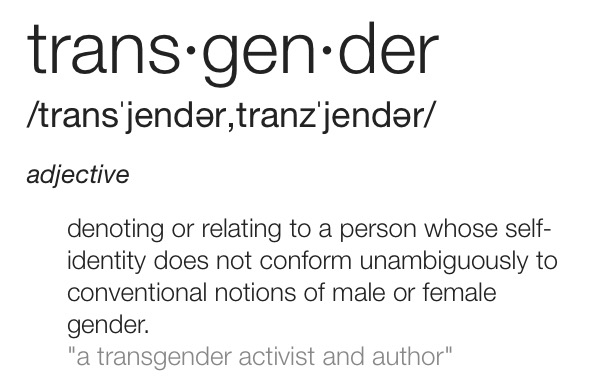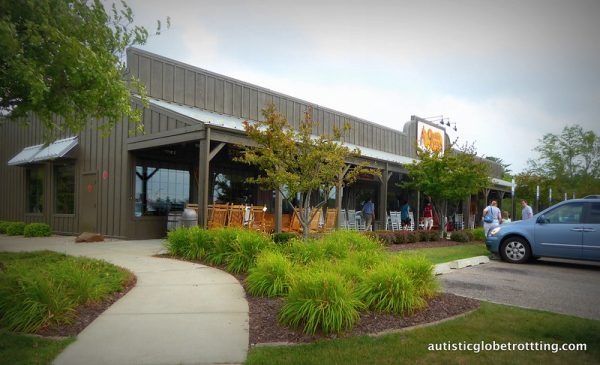Self Identification in America

Looking up from the changing table, the beautiful boy said to his mother, “I want to be a girl.”
At 3, the boy asked to dress for Halloween as Dora the Explorer; his parents bargained him down to Darth Vader, which at least featured a cape.
At 5, he insisted on trick-or-treating as Gabriella Montez, the High School Musical sweetheart. By then, his birthday parties were girl-only, with girl-only themes. Any boy toys received were instantly re-gifted to a cousin.
At 7, Mark became known as Molly.
The word ‘transgender’ tends to scare people sometimes, but the simple word should not scare anybody. There is biological gender, a matter of chromosomes and genitals. There is gender style, sometimes called gender expression: a person’s preferred self-presentation in matters such as play and dress and gait and speech pattern. Next there is sexual orientation, or romantic attraction to others, assigned to the heart. And finally there is gender identity, the innate sense of being male or female regardless of biology or style or sexual interest.
Some theories now suggest that the prenatal environment renders the brain a “gendered” organ. In most people, brain gender matches biological gender which would make them the opposite of transgender, cisgender. For others, like Molly, the mismatch is probably permanent. That does not mean it reflects a mental illness, though there is some debate among practitioners about how transgender-ism, especially in youth and adolescence, should be categorized and addressed.
“Gender dysphoria in children is not a psychopathology,” says Jean Malpas, a psychotherapist in New York City, “and in the vast majority of cases it is not caused by other psychopathology, either. Nor is it generally caused by a particular family pattern, any more than gayness is caused by the old stereotype of controlling mother and passive father. It is just an essential part of who you are. Not that there aren’t any coexisting psychosocial issues. But the problems generally come from outside. If an 8-year-old girl has a really hard time in school because of her short hair and boyish clothes, and is bullied for that, that’s not her pathology—it’s the world’s.”
Still, youth transgender-ism is a last frontier. Sexual orientation usually emerges with puberty; atypical gender style, in many families, is not an issue whenever it arises. Some parents may even express pride and get competitive about their kids’ cutting-edge sexuality or outlook, but true transgender-ism usually emerges very early, as it did with Molly, and is fiercely persistent.
As such, it is exponentially more confusing to even the most gay-positive parents. Most everyone has felt what it is to be sexually attracted to someone, so it’s not generally difficult to imagine what a gay child is talking about. But it takes a powerful act of imagination to understand what a transgender child, in his perfect little body on the changing table, might be feeling, or why he might become terrified as adolescence approaches. One father described the challenge of empathizing with his child’s fear this way: How would it feel if someone told him that one day soon he would start growing breasts and a vagina? “I’d try to stop that from happening,” he says.
A typical teenager fears only authority, judgement and the future, a transgender teenager fears only authority, judgement, and the future of their lives. A recent graduate of Waynesburg University recalls his transformation from female to male as so, “I was scared, scared that they would hurt me. I was afraid for my life, in last years news we saw an increase in the abuse of transgender people in America, I didn’t want to be another statistic.”

Gwendolyn Stacy is a senior and third year Journalism student.
Gwendolyn served as the former president of French Club, and the Head Editor-and-Chief...












